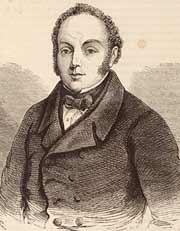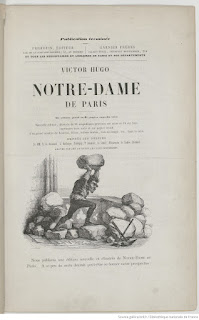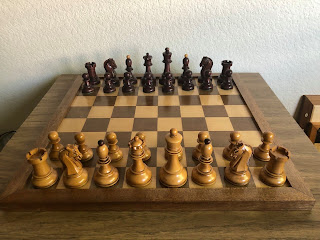Several traditions and customs in Ireland around Christmas time date back centuries. Some are still observed today even though Ireland and Irish society have changed over time.
One tradition that is still common in some parts of the country is the celebrations that take place on St. Stephen's Day or the Wren's Day as it is also known when people dress up and disguise themselves. In the past, they went from house to house asking for a donation to 'bury the wren'. Today, there is usually a charitable element to the enterprise where people dress as 'straw boys' as in the photograph from Carrigaline at the bottom of this post. I have just written a piece for RTÉ Brainstorm website about it. Read it here.
Marie-Louise Sjoestedt (1900-1940) wrote about her first-hand experience of having a group of 'wren boys' come into the house where she was staying in Kerry at Christmas 1929. It is interesting to read about her impression of the festive period and the good natured celebrations. I wrote another Brainstorm piece on Sjoestedt and her connection to Ireland a little while ago. Read it here.





.jpg)


































